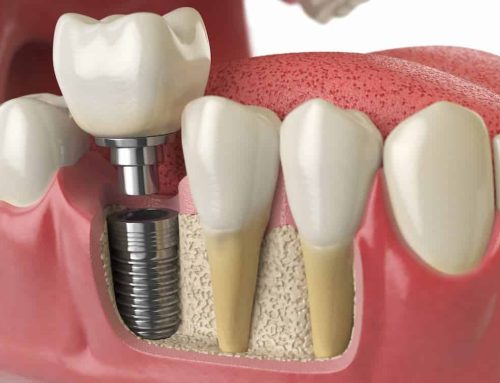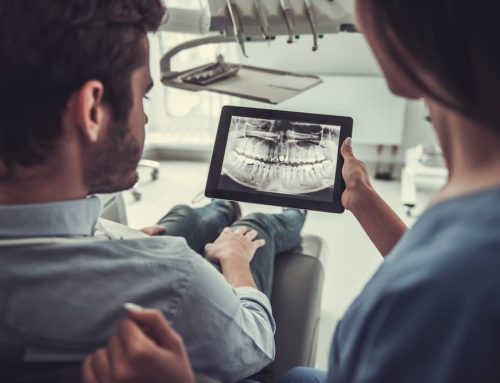Gum recession can affect anyone who doesn’t take care of their teeth properly. This condition happens when the gum tissue recedes from the tooth surface and exposes the roots of the teeth. It can also cause sensitivity to hot and cold foods, pain when chewing or brushing your teeth, and even tooth loss in some cases. There are a few major causes of receding gums, but fortunately, there are four steps you can take to help stop receding gums from getting worse or prevent them altogether
There are a few major causes of receding gums, but fortunately, there are four steps you can take to help stop receding gums from getting worse or prevent them altogether.
Stop Brushing So Hard
Brushing your teeth is a vital part of good oral care and your health in general, however, brushing your teeth too hard is actually detrimental to your oral health.Tooth enamel is the hardest substance in the body, but it can be damaged by excessive force during tooth brushing. Brushing too hard can also wear down your gums, causing them to recede from the teeth. If you brush too hard, you may find that your gums bleed after cleaning or develop sore spots on your jawline where they meet with the toothbrush.To prevent receding gums, be gentle when brushing and use a soft-bristled toothbrush or an electric toothbrush.
Use The Right Toothbrush
To prevent gum recession, it’s important to use the right toothbrush. For patients that are experiencing extensive gum recession our dentists commonly recommend that our patients transition to an electric toothbrush. In an ideal world this electric toothbrush should have a pressure sensor to make you aware of when you are brushing too hard. The Oral B- Professional Care 1000 and above range makes the perfect bathroom accessory to prevent this issue from getting more extensive.
Brush For 2 Minutes
One of the best ways to prevent receding gums is to brush your teeth for two minutes, twice a day. If you’re already doing this and still experiencing gum recession, it may be because you’re not being thorough enough during those three minutes.
Use the proper technique: hold your toothbrush at an angle that matches the natural slope of your teeth and move it back and forth in short strokes on each tooth (upward and downward.) Make sure that when you brush over each tooth you use a combination of front-to-back and side-to-side motions, so the entire tooth surface is covered multiple times – this prevents food particles from getting stuck in between them. That way when saliva comes into contact with these spaces, it won’t break down into plaque which causes gum disease or recession over time.
One of the best ways to prevent gum recession is by using toothpaste with fluoride. Fluoride helps strengthen your teeth and gums, which can help prevent the breakdown of collagen that causes the recession.
Floss Daily
Flossing is an integral part of a healthy oral hygiene routine. If you have periodontal disease (inflammation of the gums), flossing will help to remove plaque and food particles from between your teeth, preventing pockets for the bacteria to grow.
Quit Smoking
Smoking is a major cause of gum recession. If you’re a smoker, your gums are at risk of losing their protective covering, which increases the chances that bacteria will infiltrate your mouth and cause damage to your teeth and gums. Needless to say, smoking also affects other parts of your body such as increasing the risk for heart disease, stroke, and cancer.
Daily Steps To Prevent Gum Recession
If you want to help stop receding gums and keep your smile healthy, it’s important to perform these four steps every day.
- Brush your teeth for 2 minutes, twice daily
- Think about transitioning to an electric toothbrush with a pressure sensor
- Floss
- Quit smoking
Also, it’s key to schedule six-month appointments for a routine dental checkup so your dentist can identify any concerns you may have and address them in a timely manner.




